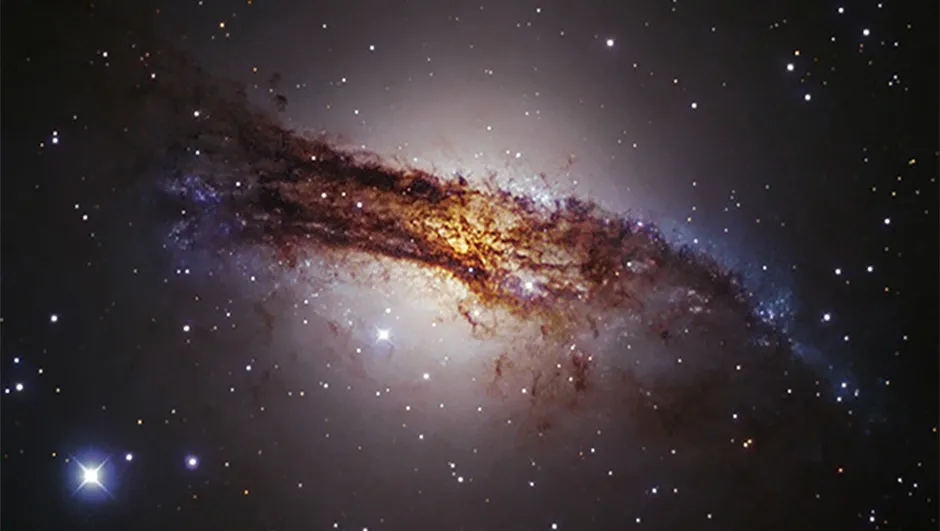Stars within a galaxy may cause the galaxy to grow and swell in size, like yeast causing a loaf of bread to rise.
The finding comes from new observations using NASA’s Hubble Space Telescope;ESO’s Very Large Telescope (VLT) and theAtacama Large Millimetre/submillimetre Array (ALMA).
Explosive stellar growth in the cores of galaxies could mean they expand on their own without the need to interact with other galaxies.
“Massive elliptical galaxies are believed to be formed from collisions of disc galaxies,” says Ken-ichi Tadak from the National Astronomical Observatory of Japan and lead author on the project.
“But it is uncertain whether all the elliptical galaxies have experienced galaxy collision. There may be an alternative path.”

The study looked at distant galaxies 11 billion lightyears away, providing an insight into their growth only three billion years after the Big Bang.
This era saw peak galaxy formation, and was important in the growth and evolution of most galaxies.
The Hubble observations showed that at this time, galaxies were disc like.
But it’s thought that they didn’t stay like this for long.
Huge reservoirs of gas and dust, the material from which stars form, were found within the galaxy cores in data from ALMA.
This implies that star formation was very active and creating huge numbers of stars in the centre of galaxies, and that they would one day go on to form elliptical galaxies.
Meanwhile the VLT confirmed that the target galaxies had not collided with any others, and so any change in galactic shape be a result of some mechanism within the galaxy itself.
“Here, we obtained firm evidence that dense galactic cores can be formed without galaxy collisions. They can also be formed by intense star formation in the heart of the galaxy,” says Tadaki.
